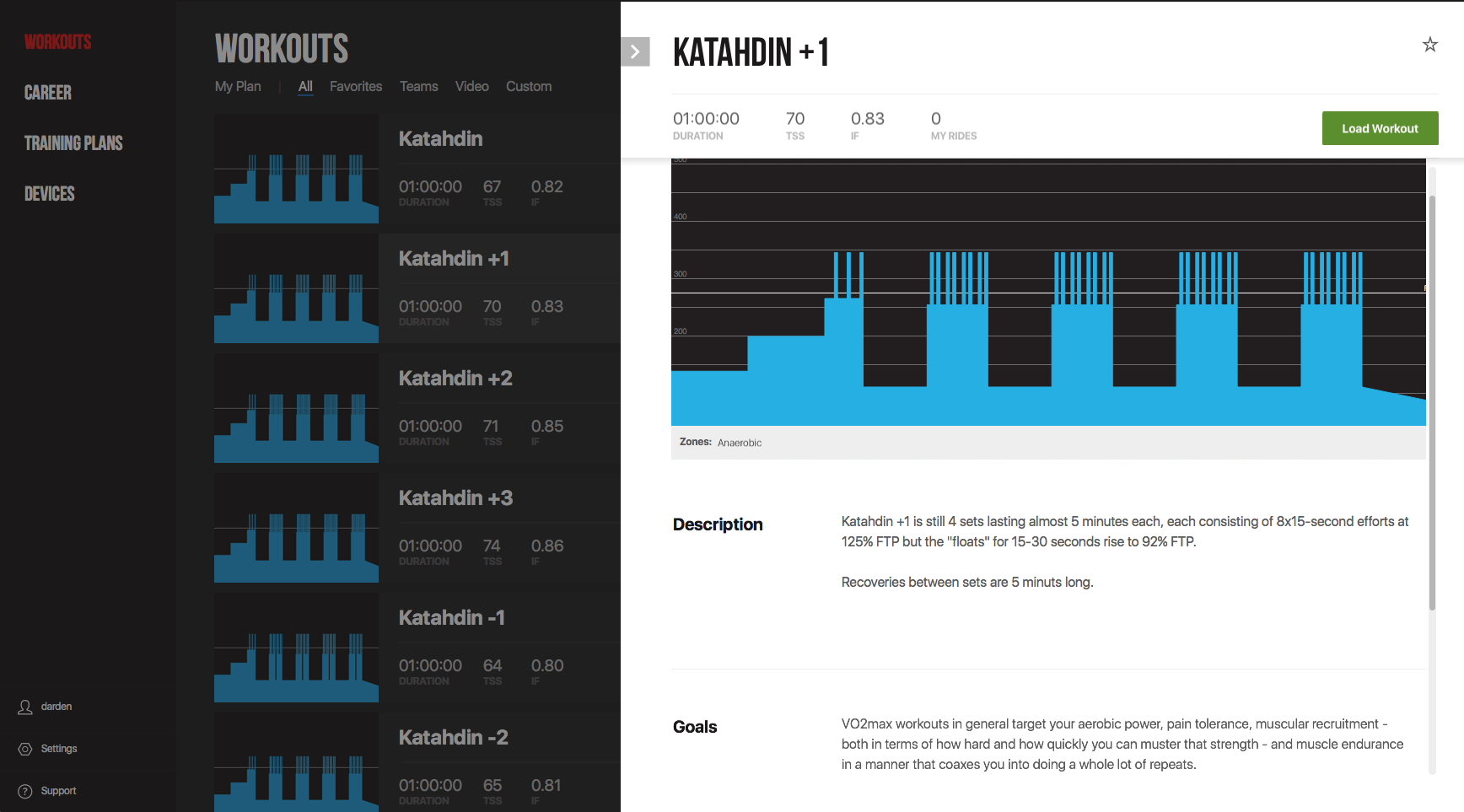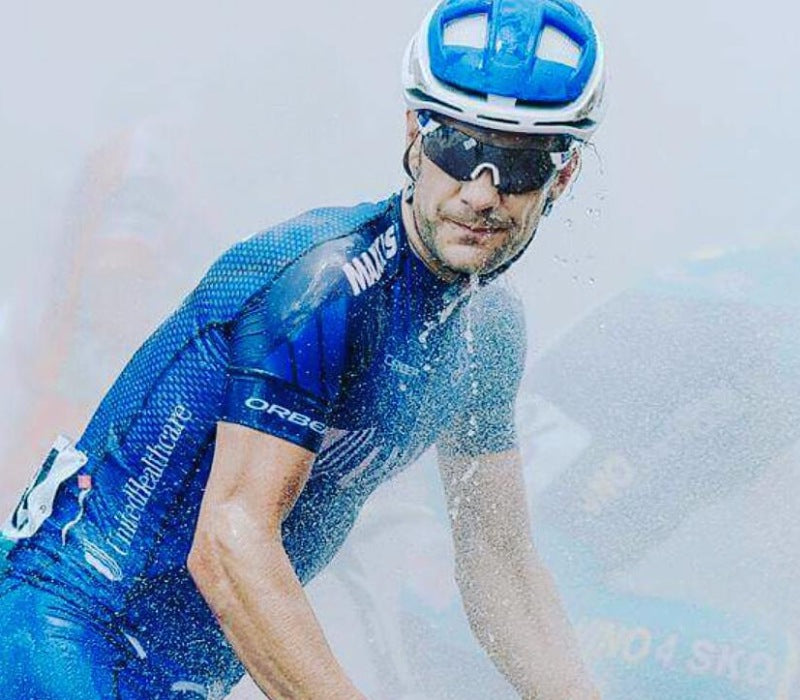
This is why the neuromuscular energy system is also called the alatic system. The neuromuscular system doesn’t use the process of glycolysis, and as a result, does not produce lactate or cause muscle acidosis. While they both create energy without oxygen, the neuromuscular and anaerobic energy systems differ significantly. So if the intensity of your activity remains high, the body will have a difficult time replenishing both creatine phosphate and ATP. Muscle acidosis is caused by the body’s inability to clear the byproducts from the anaerobic energy system. This means that the neuromuscular energy system takes longer to recharge if you’ve heavily depleted creatine phosphate stores.

The good news is that these stores are replenished over time with rest-a few minutes.Ī few things affect the rate of replenishment of creatine phosphate-the extent of depletion, muscle acidosis, and muscle fiber type. Once creatine phosphate is used up, the anaerobic energy system takes over as the primary ATP provider. It puts out a lot of energy and doesn’t last long, but it is rechargeable. We can think of this energy system as a high power battery. Recharging the Neuromuscular Energy System This recycling of ADP to ATP only lasts about ten seconds as creatine phosphate is exhausted.

Enzymes remove a phosphate atom from the creatine phosphate and join it to the ADP. To further fuel the muscles, the neuromuscular energy system creates more ATP by using ADP and creatine phosphate. However, this only lasts for about two seconds. In the first few moments of exercise or starting a hard effort, the working muscles use the stored ATP for a quick burst of energy. This system creates energy anaerobically using stored ATP. All cells in the body use ATP as fuel by breaking one of its three phosphate chemical bonds, resulting in energy for the cell and adenosine diphosphate (ADP) as a byproduct. The body stores a small amount of adenosine triphosphate (ATP) in the muscles. How Does the Neuromuscular Energy System Work? This energy system is the fastest to provide energy to working muscles and powers maximum efforts lasting less than fifteen seconds. To keep things simple, we’ll refer to it as the neuromuscular system since that is its primary application on the bike. Technically the neuromuscular system is the phosphocreatine or ATP-PC energy system. Training this energy system includes strength training.Once depleted the neuromuscular energy system needs recovery to recharge.



 0 kommentar(er)
0 kommentar(er)
